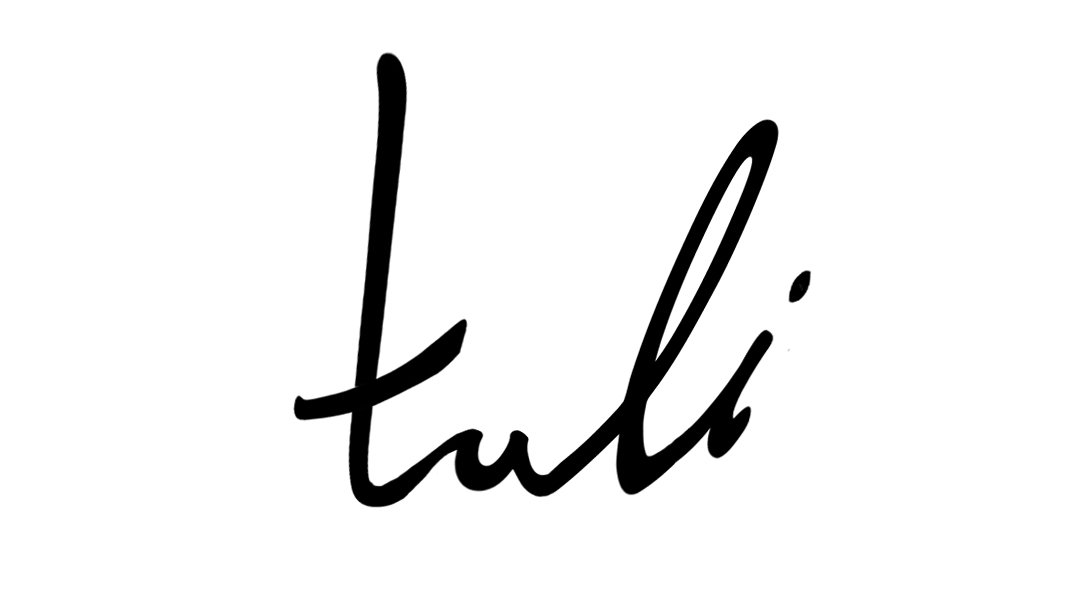What’s a girl to do when she loves fashion but wants to shop ethically? I love buying from ethical clothing brands and do whenever I can, but an often overlooked facet of the ethical fashion movement is purchasing secondhand.
Did you know that the average consumer throws away 70 pounds (31.75 kg) of clothing each year? The fashion industry is also responsible for 10% of greenhouse gas emissions and 20% of waste water globally.
Wearing preowned garments helps break the discard-obsessed cycle of fast fashion and decreases the demand for new garments that are polluting our planet. While the labor practices that created thrifted clothing may not be ideal, your money isn’t going to the brand who approved such practices: It’s going to a thrift store (extra points if the store is attached to a cause!).
That said, thrifting is time consuming and can be frustrating. You can find some real gems, but they’re usually buried in a fabric sea of loud prints and mysterious stains. Most of my wardrobe — and most of the wardrobe we pull for Tuli shoots — come from thrift shops. Here are my best tips from years of digging in the thrift racks:
Stock your closet with staples. Okay, this isn’t a tip directly related to thrifting itself, but it’s easy to get sucked into the fun of some of the pieces you can find in a thrift shop. Walk into the store with a game plan and discern what you need versus what you want. I’ve made the mistake of having a closet full of fun pieces, but without the basics, you’ll still bemoan having nothing to wear (and, if you’re like me, that leads to some online shopping). Having some classic, well made basics as the foundation of your wardrobe is important.
And, I can’t stress this enough — make sure your wardrobe foundation fits you well. Look, I’ve had two kids in the last three years, so I’ve been all sorts of different sizes during and after pregnancy. Shortly after my son was born, I had a closet full of jeans…but none of them fit. Not only did it make dressing impossible, it also made me feel awful about myself. Buying a pair of jeans that actually fit me was a game-changer, once I got past my internalized issues about the number on the tag.Learn when stores restock. Solid pieces go fast, so the closer you shop to restock day, the better your chances are.
One word: leggings. Not all thrift stores have fitting rooms, and I don’t know about you, but I don’t love the idea of putting someone on my bare skin without washing it first. Layer up in leggings and a snug-fitting top so you can slip things on over your clothes to check the fit if needed.
Focus on quality. I can’t count the number of times I’ve found something amazing only to (begrudgingly) put it back because I knew it wouldn’t last. In addition to checking for obvious signs of wear and tear like stains and pilling, check seams and stitching for clues to the item’s quality. If you’ve never heard of the brand that made a piece, a quick Google search can sometimes help. Consider linings on jackets and the materials listed on the tag to determine if the price is fair.
Learn to scan racks. It’s easy to get lost in a thrift store jungle, but you simply can’t look at every piece. Practice quickly glancing over the racks for treasures and then sifting through them quickly for anything you might have missed.
Be honest: Are you going to wear this? I found a really fun — really loud — jacket at a thrift store once. I had visions of me wearing it, looking confident and way cooler than I am. It sat in my closet for two years before I finally admitted that, as much as I liked it, it didn’t fit into my life. My style is more classic and minimalist, sometimes more from necessity than desire: I run a company and have two young kids, so mornings are hectic.
Perhaps one day that jacket and I will meet again in the circular fashion economy thrifting creates, but for now? It was time to send it back into the wilds of the thrift racks to meet a girl who is much cooler than me.


